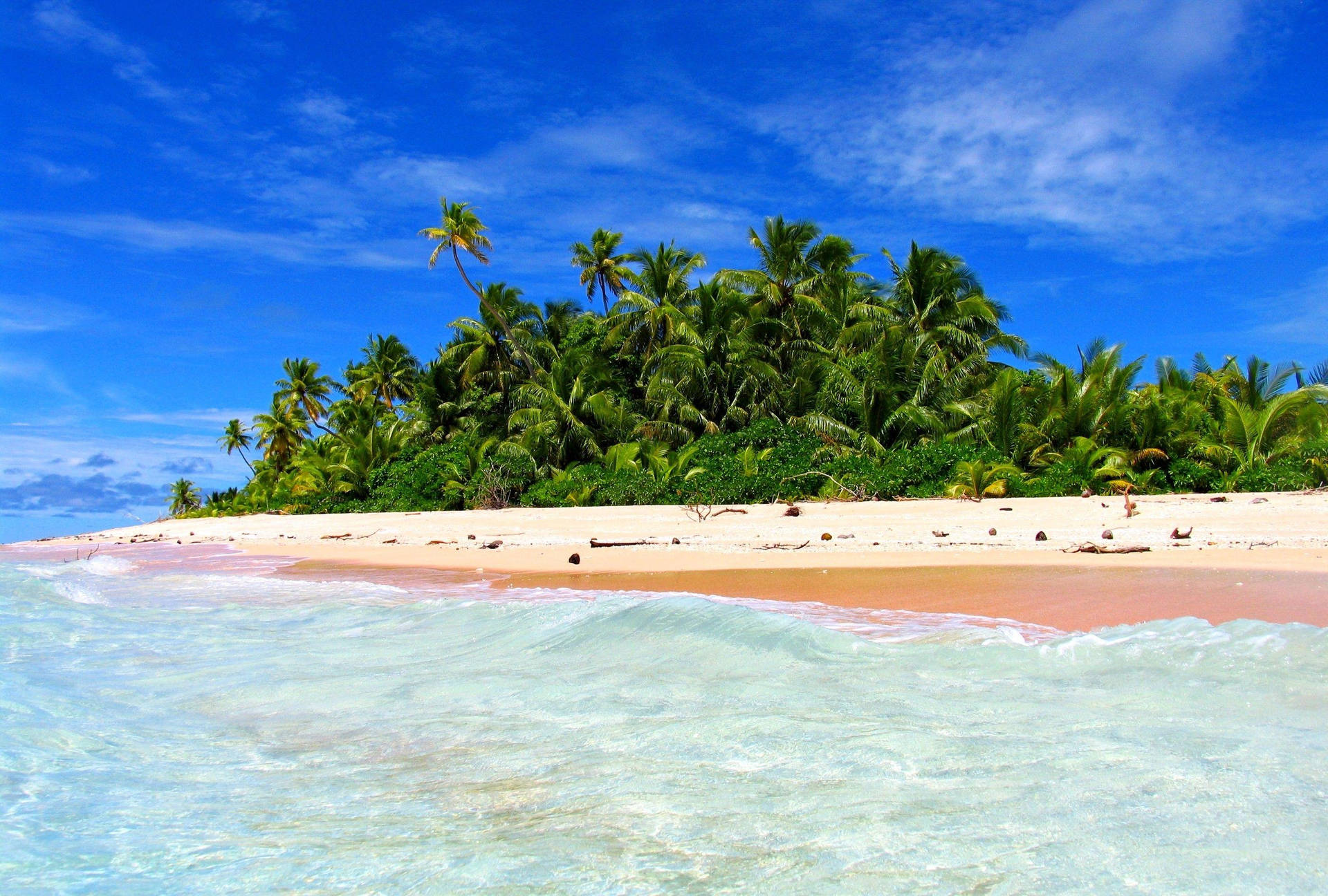Table of Contents
1. Introduction: Why Visit Tuvalu
Tuvalu is a remote island nation in the South Pacific, known for its serene beauty, unspoiled beaches, and close-knit communities. For travelers seeking off-the-beaten-path adventures, Tuvalu offers an authentic cultural experience surrounded by the turquoise waters of the Pacific.
2. Geography and Climate
Composed of nine atolls and reef islands.
Total land area: ~26 km², making it one of the smallest nations in the world.
Climate: Tropical maritime with warm temperatures year-round (27–32°C) and high humidity.
Wet season: November–April; dry season: May–October.
3. History of Tuvalu
Early settlement by Polynesians around 1000 AD.
European contact in the 16th century.
British protectorate established in the late 19th century.
Independence from the UK in 1978.
4. Culture and People
Population: ~11,000, predominantly Polynesian.
Society emphasizes community, family, and tradition.
Villages are central to social life.
5. Language and Religion
Official languages: Tuvaluan and English.
Predominantly Christian (mainly Church of Tuvalu and Protestant denominations).
6. Traditional Music, Dance, and Art
Fatele: Traditional dance performed at celebrations.
Handicrafts: mats, baskets, shell necklaces.
Music features drums, chanting, and ukulele accompaniment.
7. Tuvaluan Cuisine
Staples: fish, coconut, taro, breadfruit, pandanus.
Typical dishes:
Pulaka (swamp taro)
Coconut fish stew
Palusami (taro leaves with coconut cream)
Street food: grilled fish, coconut-based desserts.
8. Top Islands and Atolls
Funafuti
Capital and main port.
Lagoon and reef exploration, accommodation options.
Nanumea
Northernmost island, traditional villages, local culture.
Nanumanga
Small, quiet island with scenic beaches.
Niutao
Known for canoeing, community gatherings, and local dances.
Nui
Coral reefs and traditional handicrafts.
Nukufetau
Remote atoll, pristine lagoon, birdwatching.
Nukulaelae
Low population, peaceful environment.
Vaitupu
Fertile land, coconut plantations, and fishing activities.
9. Flora and Fauna
Vegetation: coconut palms, pandanus, breadfruit, pandanus.
Wildlife: seabirds, coconut crabs, reef fish.
Marine biodiversity: coral reefs, sea turtles, tropical fish.
10. Beaches and Marine Life
Soft white sand beaches with crystal-clear waters.
Snorkeling and diving for coral reef exploration.
Lagoon swimming and canoeing are popular activities.
11. Traditional Villages and Lifestyle
Villages are family-centered communities.
Houses built with pandanus leaves and coconut timber.
Subsistence fishing and farming are primary livelihoods.
12. Festivals and Events
Independence Day: Celebrated with traditional dance and feasts.
Community sports and cultural events are common.
Church festivals play an essential role in social life.
13. Adventure Activities
Snorkeling and scuba diving in lagoons and reefs.
Canoeing, kayaking, and paddleboarding.
Fishing trips with local guides.
Birdwatching in less-populated atolls.
14. Eco-Tourism and Sustainability
Tuvalu promotes low-impact tourism.
Community-based eco-tourism initiatives.
Coral reef protection programs.
15. Economy and Local Markets
Economy: primarily subsistence farming and fishing.
Remittances from overseas Tuvaluans.
Handicrafts sold in local markets.
16. Travel and Transportation
Flights mainly via Funafuti International Airport.
Boats and small ferries connect other islands.
Limited road infrastructure; walking and biking common.
17. Accommodation in Tuvalu
Small guesthouses and eco-lodges.
Limited hotels; booking in advance is recommended.
Authentic homestays for cultural immersion.
18. Best Time to Visit Tuvalu
Dry season (May–October) is ideal for tourism and outdoor activities.
19. Safety and Responsible Tourism
Tuvalu is generally safe, with low crime.
Respect local customs and environmental guidelines.
Avoid plastic pollution; follow eco-friendly practices.
20. Sample Itineraries
3-Day Stay: Explore Funafuti lagoon, village visits, snorkeling.
5-Day Stay: Include day trips to nearby atolls, cultural immersion, and local markets.
7-Day Stay: Full tour of multiple islands, fishing, canoeing, and eco-tourism experiences.
21. Practical Travel Tips
Carry cash (small denominations).
Respect cultural norms and dress modestly in villages.
Bring snorkeling gear and insect repellent.
Limited internet access; plan offline activities.
22. Challenges Facing Tuvalu
Rising sea levels threaten low-lying islands.
Limited resources and infrastructure.
Reliance on imports for many goods.
23. Climate Change Impact
Tuvalu is highly vulnerable to flooding and coastal erosion.
National and international initiatives are in place for adaptation.
Tourism focuses on sustainable practices to preserve the islands.
24. Tuvalu’s International Presence
Member of UN, Pacific Islands Forum.
Advocates globally for climate change awareness.
Uses its unique voice to push for environmental policies.
Conclusion
Tuvalu offers a rare and authentic South Pacific experience. Its remote islands, rich culture, traditional lifestyle, and natural beauty make it a unique destination. Travelers seeking serenity, adventure, and cultural immersion will find Tuvalu unforgettable.
FAQs
Q1. Where is Tuvalu located?
Tuvalu is a small island nation in the South Pacific, midway between Hawaii and Australia.
Q2. How many islands are in Tuvalu?
Tuvalu has nine islands and atolls, including Funafuti, Nanumea, and Vaitupu.
Q3. Is Tuvalu safe for tourists?
Yes, Tuvalu is generally very safe, with low crime rates.
Q4. What is the best time to visit Tuvalu?
The dry season, from May to October, is the most favorable.
Q5. How do I travel between islands?
By boat, ferry, or small local flights.
Q6. What currency is used in Tuvalu?
Tuvaluan dollar (TVD) is used alongside the Australian dollar (AUD).
Q7. What are the main attractions in Tuvalu?
Pristine beaches, lagoons, traditional villages, and cultural events.
Q8. Is Tuvalu affected by climate change?
Yes, rising sea levels pose a significant threat to its islands.










